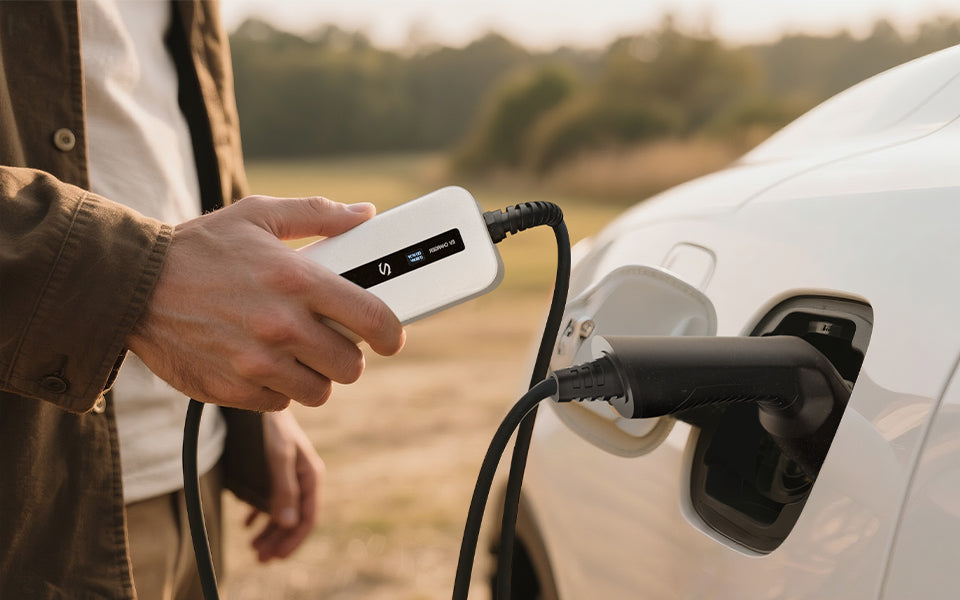The electric vehicle (EV) revolution in Europe is accelerating fast. With governments pushing for cleaner mobility, the number of public charging points has increased significantly. But amid the boom, one question remains: how close are we really to true "charging freedom"?
⚡Charging Infrastructure in Europe: The Numbers Are Impressive
As of early 2025, Europe hosts over 800,000 public EV charging points, with countries like the Netherlands, Germany, and Italy leading the count. According to the European Alternative Fuels Observatory (EAFO), the growth rate of public chargers has been steady at +35% annually. [EV infrastructure Europe 2025]
- France: about 110,000, covering highways, cities and suburbs
- Germany: 120,000+ public chargers
- Netherlands: ~135,000 (highest density per capita)
- Italy: 50,000 and growing
- Spain: 45,000+ with national subsidies expanding coverage
Estimated Charging Power Distribution in France (2025)
⚡Fast Chargers Are Scarce—AC Dominates the Map
While the number of charging stations is rising, the vast majority are slow AC chargers (7.4kW or 11kW), suitable only for long parking durations. Fast DC chargers (≥50kW) still represent less than 15% of the total, leading to real limitations in urban centers and rural areas alike.
⚡How to Use Public Chargers Efficiently
If you rely on public charging, these 6 strategies can help:
- Avoid peak times
- Use real-time charging map apps
- Choose stations with reservation features
- Carry your own Type 2 cable
- Charge while parked at work, supermarket, etc.
- Register with multiple charging networks to ensure compatibility
⚡Tired of Queues? Home Charging Is the Stress-Free Alternative
Many EV owners in France are turning to home charging stations (borne de recharge à domicile) to avoid uncertainty and dependency on public infrastructure.
Benefits:
- Plug in every night—wake up fully charged
- Use lower night electricity rates
- Improve battery health with slow, stable charging
- Say goodbye to last-minute public charging stress
⚡Why 22kW Chargers Are Gaining Popularity
Among home charging options (3.7kW, 7.4kW, 11kW, 22kW), 22kW triphase chargers are emerging as the top choice for users with newer models and three-phase power.
|
Power Output |
Time to charge 50kWh |
|
3.7kW |
13–14h |
|
7.4kW |
6.5–7h |
|
11kW |
4.5–5h |
|
22kW |
2–2.5h |
✅Summary:
The public network is growing, but true charging freedom starts at home. If you have three-phase power, investing in a 22kW wallbox charger gives you speed, flexibility, and peace of mind for years to come.



